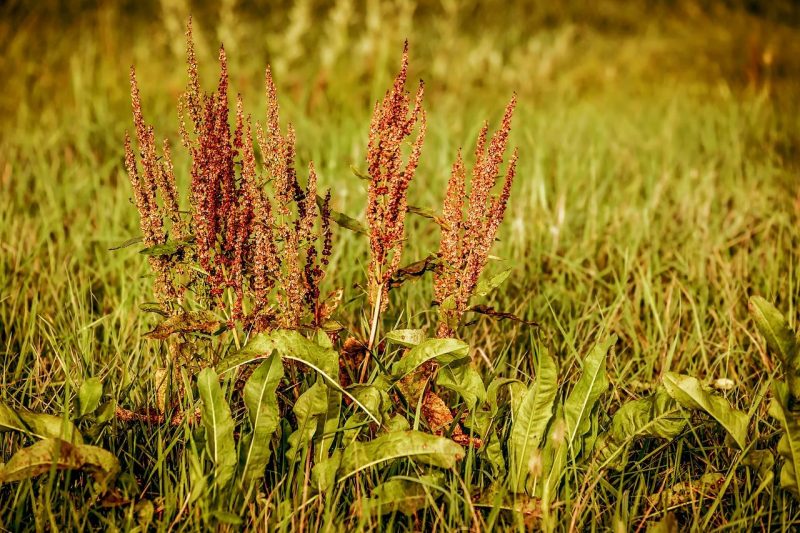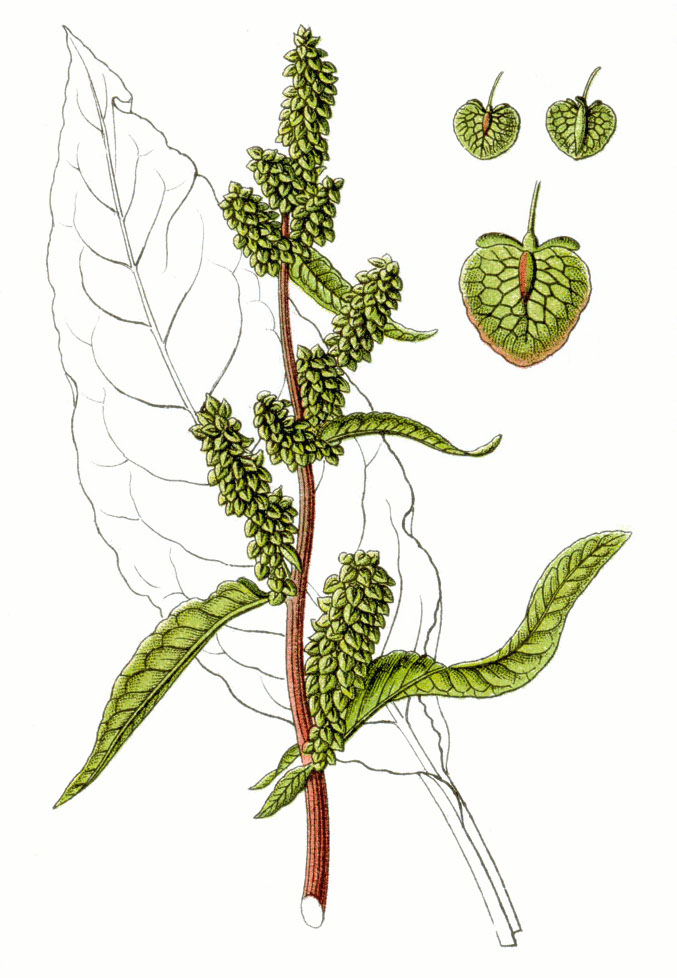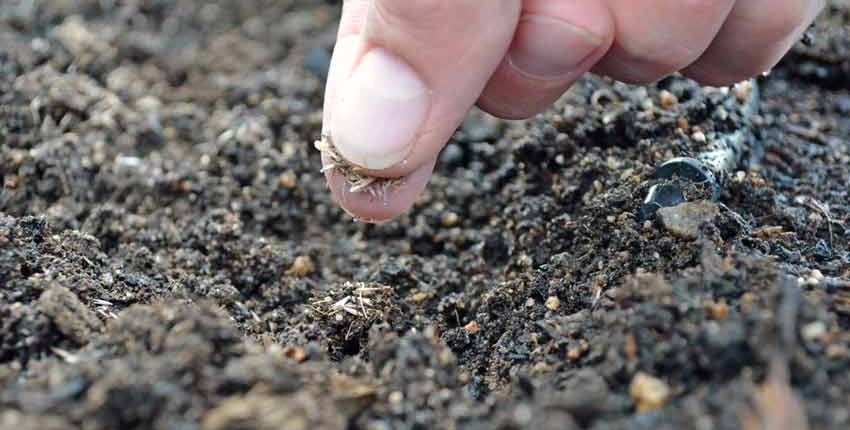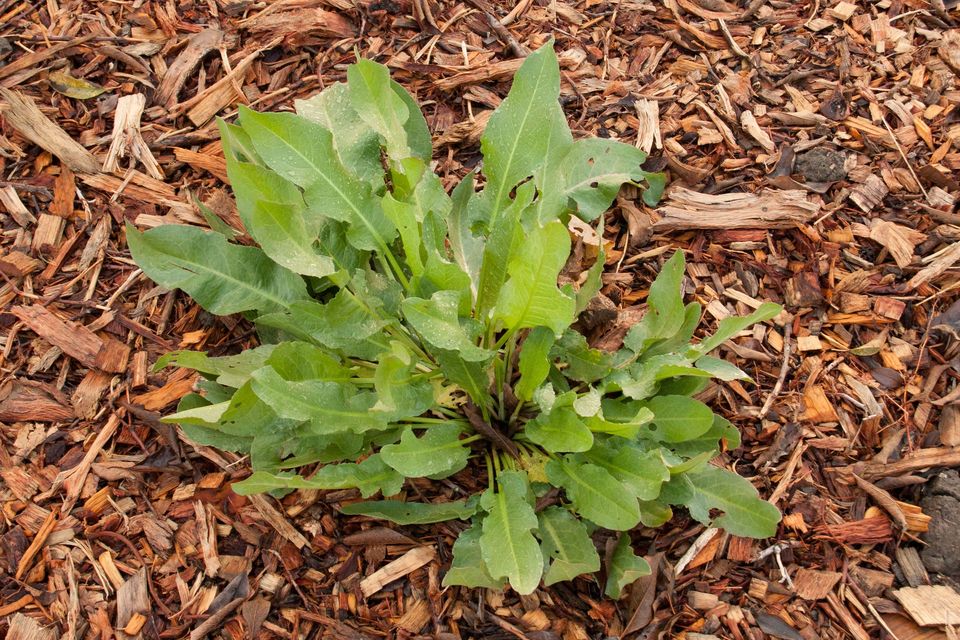Patience dock, information about crop management

Patience dock (Rumex patientia) is a plant belonging to the Polygonaceae family. The plant is used in human food, having a composition similar to spinach. It does not have a high energy value but contains significant amounts of mineral salts. Patience dock also has therapeutic properties. Its area of origin is south-eastern Europe, where it grows in wetlands. Even though it has been consumed for over 1800 years, patience dock has not been extensively introduced into cultivation.
Botanical particularities
Develops a well-developed taproot that penetrates deep into the soil. Leaves are rosette-shaped with a bushy appearance. They have a long petiole, are lanceolate, and have curled edges. It develops a 1-1.5 meter tall flower stalk bearing raceme-like flowers. The flowers are hermaphrodite white-greenish. Forms small, smooth-surfaced, brownish seeds.
Climate and soil requirements
It is a plant that can adapt to a wide variety of environmental conditions. It is resistant to low temperatures and is not affected by low winter temperatures. During the growing season, it is not affected by negative temperatures. The limiting factor for this plant is water. The best results are obtained under conditions of high humidity of both the soil (70 %) and the air (85 %). It is not affected by shading and can be grown on poorly lit fields. Preferred soils are fertile soils that provide the necessary water and those with a medium texture.
Cultivation
Crop rotation
Patience dock prefers to be grown after plants that reduce the weed supply in the soil and leave the soil loose. It can be grown after zucchini, melons, cabbage, cauliflower, broccoli, peppers, eggplants, and tomatoes.
Soil preparation
This stage starts by clearing the land of the previous crop. Afterward, manure fertilization can be applied. After this operation, it can be carried out a deep plowing. The soil is tilled before sowing. Soil tillage is carried out before sowing. It can be done manually (with a hoe) or semi-mechanically with a tiller.
Sowing
Even if the patience dock crop can be established by dividing the bushes, the most suitable method is direct sowing in the field. The following planting scheme is used: 30 – 35 cm between rows and 15 – 20 cm between plants per row. The sowing depth is 1 – 2 cm. There is no specified optimal time, so sowing can be done in several periods:
- early spring, after temperatures exceed 2 – 3 degrees Celsius;
- in summer, so that the plants can grow until frost;
- late autumn, so that the seeds do not germinate until winter.
Care works
Being a perennial crop, which can be exploited for 3 to 4 years, it requires several maintenance works. In the first year of cultivation, thinning can be carried out when the plants form 2-to 3 true leaves. This work aims to maintain a distance of 15 – 20 cm between plants per row. Another important operation is removing dry leaves. These are host to diseases and must be removed and destroyed. Also, remove flower stalks immediately after their appearance to stimulate leaf production.
From the second year, fertilization can start. In spring, shortly after the plants have started to grow, complex fertilizers can be applied. Foliar fertilizers can also be applied.
Irrigation is mandatory in areas where drought is present. To maintain soil moisture and to prevent weeds from appearing, the soil can be mulched. For this operation, you can use polyethylene foil, straw, unfermented manure, or other materials. Also, a favorable climate for useful micro-organisms will be created under the mulch.
Recommended products
-
You can find products on a different store
Change Store -
You can find products on a different store
Change Store -
You can find products on a different store
Change Store -
You can find products on a different store
Change Store -
You can find products on a different store
Change Store -
You can find products on a different store
Change Store -
You can find products on a different store
Change Store -
You can find products on a different store
Change Store -
You can find products on a different store
Change Store -
You can find products on a different store
Change Store -
You can find products on a different store
Change Store -
You can find products on a different store
Change Store -
You can find products on a different store
Change Store -
You can find products on a different store
Change Store -
You can find products on a different store
Change Store -
You can find products on a different store
Change Store -
You can find products on a different store
Change Store -
You can find products on a different store
Change Store -
You can find products on a different store
Change Store -
You can find products on a different store
Change Store -
You can find products on a different store
Change Store -
You can find products on a different store
Change Store -
You can find products on a different store
Change Store -
You can find products on a different store
Change Store
Pest and disease control
It can be done by applying specific fungicide and insecticide treatments. To avoid the appearance of diseases or pests resistant to the action of pesticides, it is recommended to alternate products with different active substances.
Harvesting
The best time to harvest is when the leaves are young. After they mature they become fibrous and tough. The operation can be carried out in several stages, at intervals of between 10 and 15 days. The leaves can be harvested by hand by tearing or cutting. Patience dock crop gives economically efficient yields for 5 – 6 years, after which it is necessary to stop cultivation.


















































































































































































































































































































































































































































